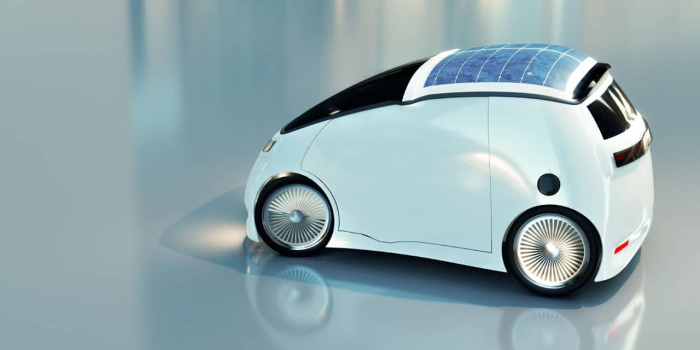In a groundbreaking study, researchers have unveiled the untapped potential of solar energy in revolutionizing urban mobility. Solar power can extend the daily range of electric vehicles by an impressive 6 to 18 miles (11 to 29 kilometers), effectively cutting in half the need for recharging.
Solar cars, a burgeoning category of automobiles, primarily harness solar energy through photovoltaic (PV) panels adorning their surfaces. These panels convert sunlight into electricity, which can be directly channeled to power the vehicle’s electric engine or stored in batteries for later use.
While solar cars offer an eco-friendly alternative to conventional petrol or electric vehicles, they do come with limitations, notably their reduced range. Factors such as weather conditions, solar cell efficiency, and the size of solar panels impact their performance. As a result, solar cars are often preferred for short trips and urban commuting, where their strengths shine.

The restricted surface area available on a vehicle, combined with the inherent challenges of maximizing solar panel efficiency, makes it challenging to generate enough power for long-distance or high-speed journeys. Furthermore, variables like overcast weather can significantly affect a solar vehicle’s performance.
Nonetheless, the absence of tailpipe emissions positions solar cars as champions in the fight against air pollution and greenhouse gas emissions, particularly well-suited for city driving.
Miguel Centeno Brito, the lead author of the study and a researcher at Instituto Dom Luiz – IDL, Faculty of Sciences, University of Lisbon, highlights the unique dynamics of urban settings: “Cities are today the main market for electric vehicles and, due to the relatively small traveled distances, are particularly interesting for solar-powered vehicles. However, in urban areas, we have buildings, trees, and other obstacles casting shadows onto the roads, thus limiting the solar potential of driving or parked vehicles. The purpose of the work was to assess if the impact of these shadows is a significant limitation to the potential of solar cars.”

The study also identifies geographical regions where solar-powered vehicles hold the most promise. Cities in Africa, the Middle East, southern Europe, and Southeast Asia emerge as prime candidates due to their abundant sunshine. Notably, China, North America, and Australia also show significant potential, with solar losses from shading estimated at around 25 percent, making them ideal candidates for widespread adoption of this green technology.
Despite the rapid adoption of electric vehicles, the transportation sector remains a major contributor to global carbon dioxide emissions. Addressing this challenge is crucial to achieving worldwide decarbonization goals.

Brito underscores the study’s importance in shaping future policies: “Our results can help establish a roadmap for policymakers and the automotive industry to accelerate the transition to a more sustainable and environmentally friendly urban future.”
Although solar cars currently occupy a niche market due to factors like cost and range, the evolving landscape of solar technology hints at a promising future where these eco-conscious vehicles may become more accessible and prevalent.


